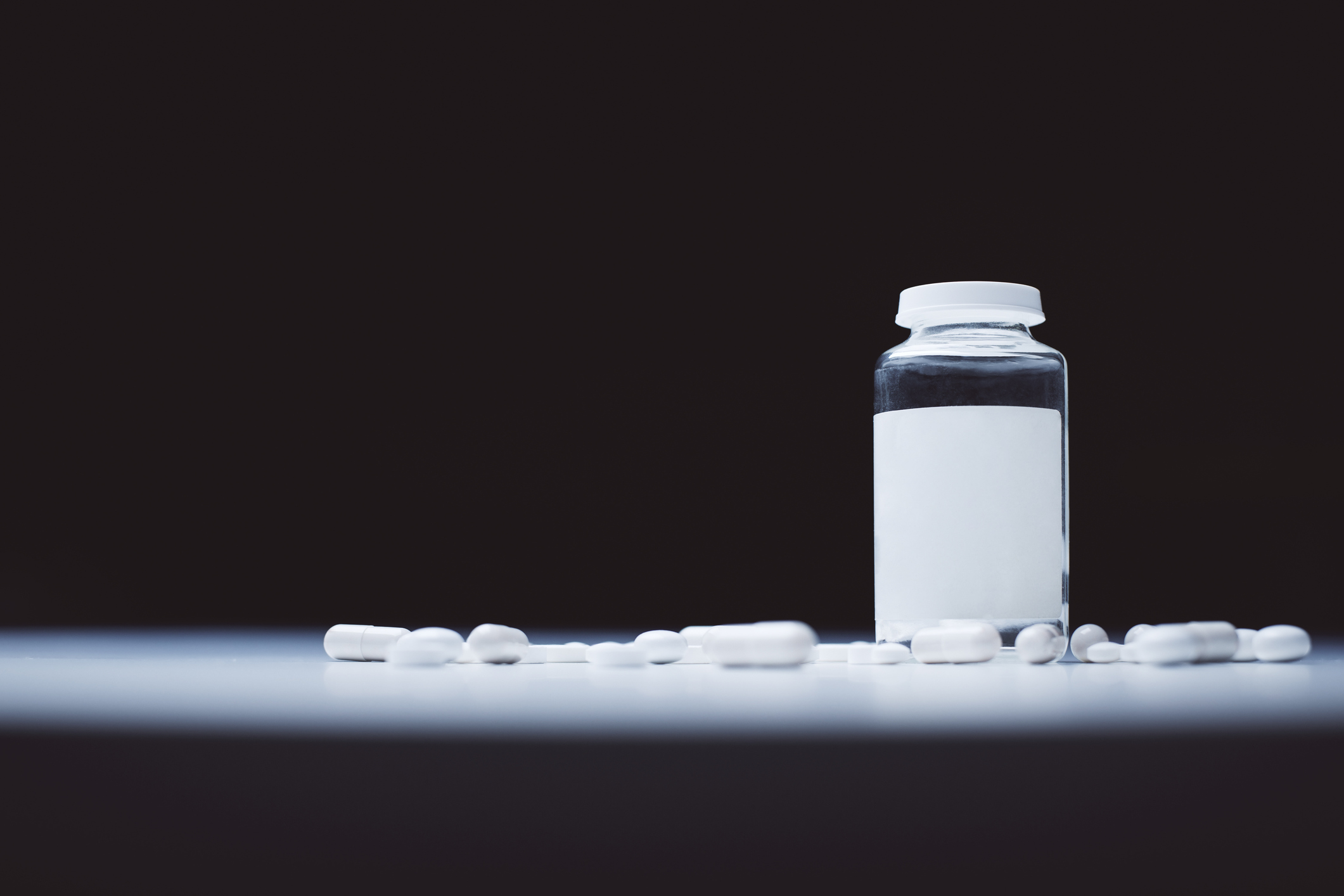Author: Justin Mckibben
With drug abuse being a major issue facing the nation, education is extremely important. Any hope of winning the fight against rising overdose rates and the spread of drug-related illness and death starts with making sure we have as much information as possible to make a difference. On that note, explaining prescription drug abuse is critical because prescription drug abuse is a key contributor to the state of the country today.
If we want to help people avoid prescription drug abuse, or recognize the signs and know there is help, it is important to explain the reality and the risks.
What is prescription drug abuse?
Simply put- prescription drug abuse is one of two things.
- When someone takes a medication that is not their prescription
- If someone takes their own prescription in a way not intended by a doctor or for a different reason
When you take prescription drugs properly they are usually safe. It requires a trained health care clinician, such as a doctor or nurse, to determine if the benefits of taking the medication outweigh any risks for side effects. But when abused and taken in different amounts or for different purposes than as prescribed, they affect the brain and body in ways very similar to illicit drugs.
Opioids
These drugs have a close relation to morphine, or the street drug heroin. Opioids are typically for pain management. Opioid addiction has become one of the biggest problems facing the country today. Drugs such as:
- Oxycontin
- Vicodin
- Percocet
- Oxycodone
- Codeine
Depressants
These drugs are also known as “downers”. You can divide the category can be up into:
- Tranquilizers/Antipsychotics
Drugs such as Zyprexa, Seroquel and Haldol are meant to reduce symptoms of mental illness.
- Benzodiazepines (Benzos)
Prescription drugs like Xanax, Klonopin, Valium and Librium.
- Barbiturates
Amytal, Numbutal and Seconal are included in a class of depressants intended as sedatives or sleeping pills.
Stimulants
These kinds of prescription drugs are also called “uppers” or “smart drugs” because of the increase alertness, attention and energy. They also increase heart rate and respiration. Many of these medications are used to combat conditions such as ADHD, including:
- Adderall
- Ritalin
Prescription drug abuse has become a big health issue because of the various health hazards. This risk is particularly true of abusing prescription pain medications.
Who abuses prescription drugs?
When asking who are most likely to abuse prescription drugs, the answer may vary depending on the substance. Some people end up participating in prescription drug abuse due to an injury or legitimate health reason, but the “high” they can experience may lead to more frequent use and ultimately a physical dependence.
Recent studies have indicated that prescription drug abuse impacts young adults most; specifically age 18 to 25. In regards to teens, after marijuana and alcohol, prescription drugs are the most common substances of abuse by Americans age 14 and older.
Prescription drug abuse is present across all demographics, relevant to every social and economic class. Many believe this rise has largely contributed to the heroin addiction epidemic and the overdose outbreak in the past few years.
Prescription Drug Addiction Treatment
The Palm Partners Treatment Program has a design for prescription drug abuse intended to address people of all walks of life who are suffering. Personalized recovery programs are meant to work with each individual’s circumstances and symptoms to create a blueprint for the future.
Some of the signs of addiction range in severity and can affect each people differently, especially depending on the specific prescription drug. Increased tolerance is a clear cut sign of progressive physical dependence. Some indicators of prescription drug addiction may be:
Opiates-
- Nausea
- Excessive sweating
- Swelling in the arms and legs
- Chronic constipation
- Anxiety
- Sinusitis
- Respiratory distress
Depressants-
- Confusions
- Slurred speech
- Poor concentration
Stimulants-
- Agitation
- High body temperature
- Insomnia
- High blood pressure
Treatment for prescription drug addiction includes a detox period to help combat the uncomfortable symptoms of prescription drug addiction, as well as withdrawal.
